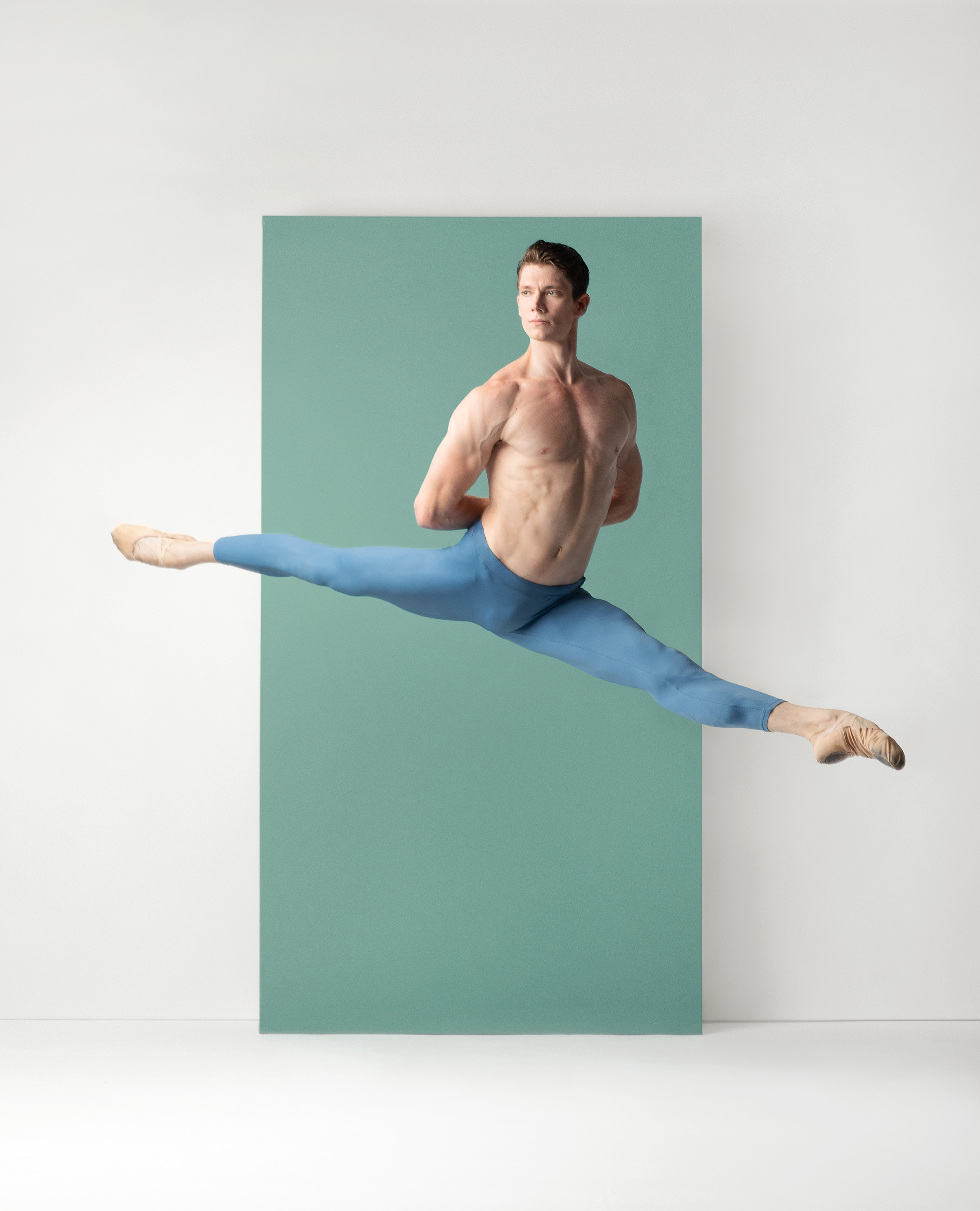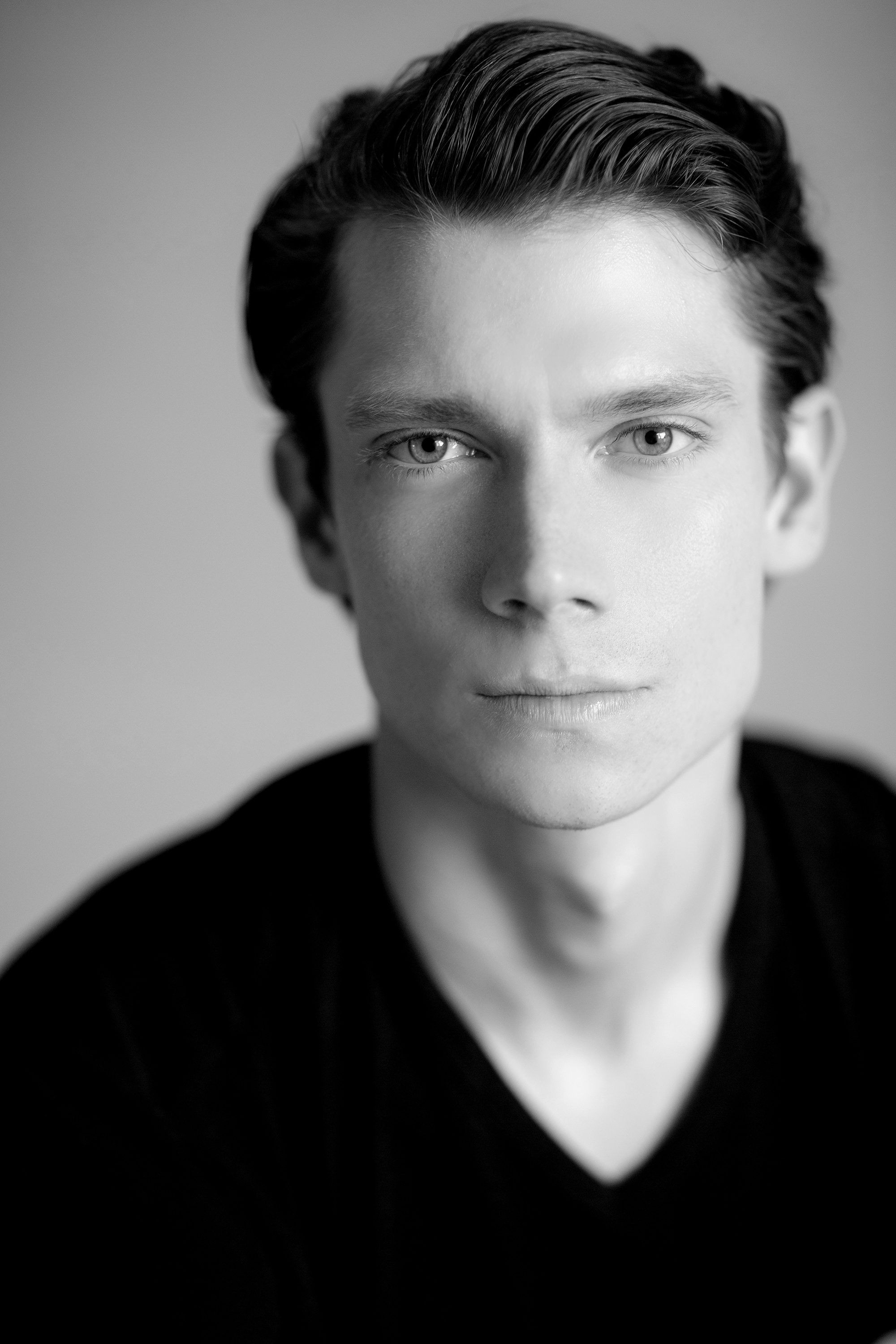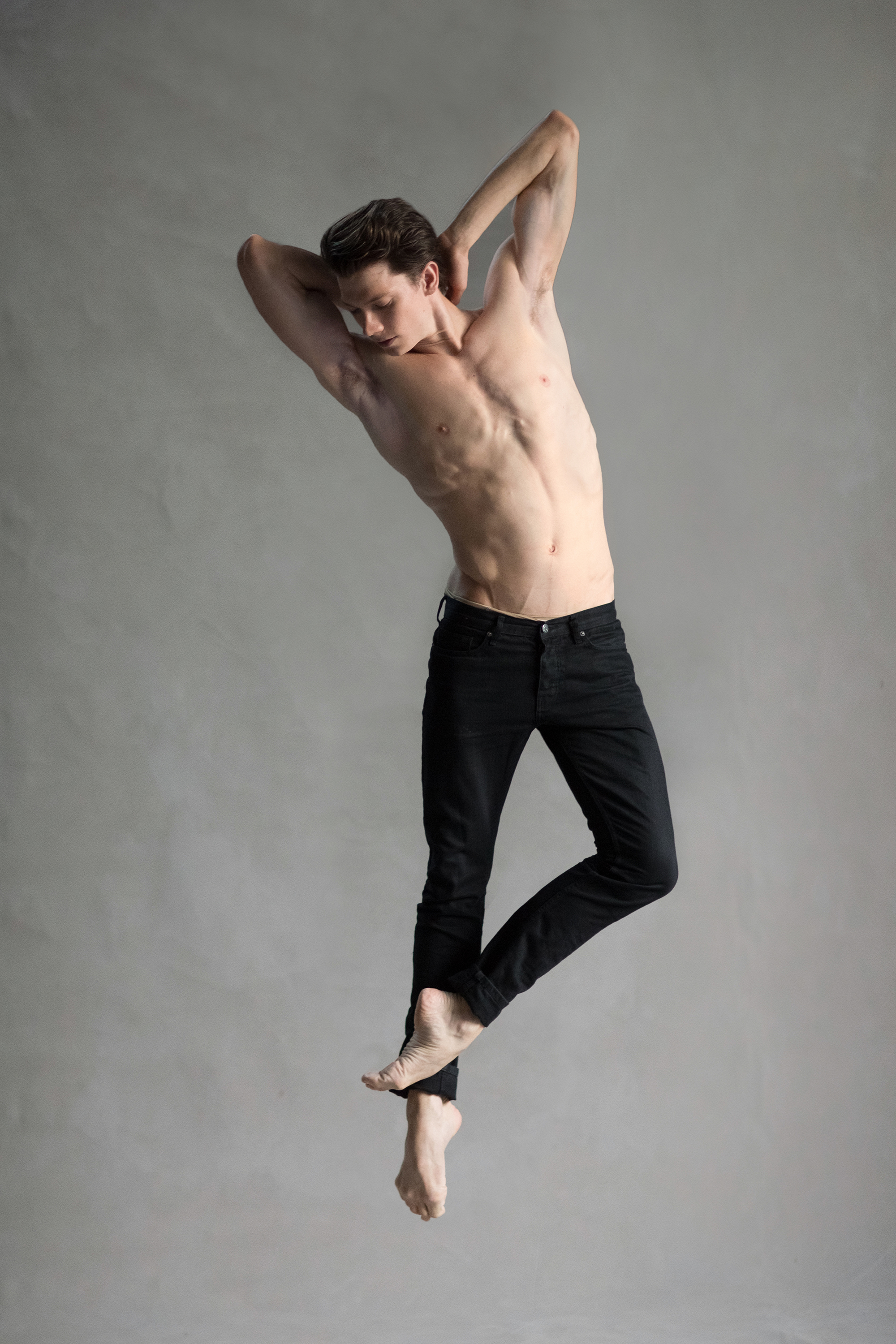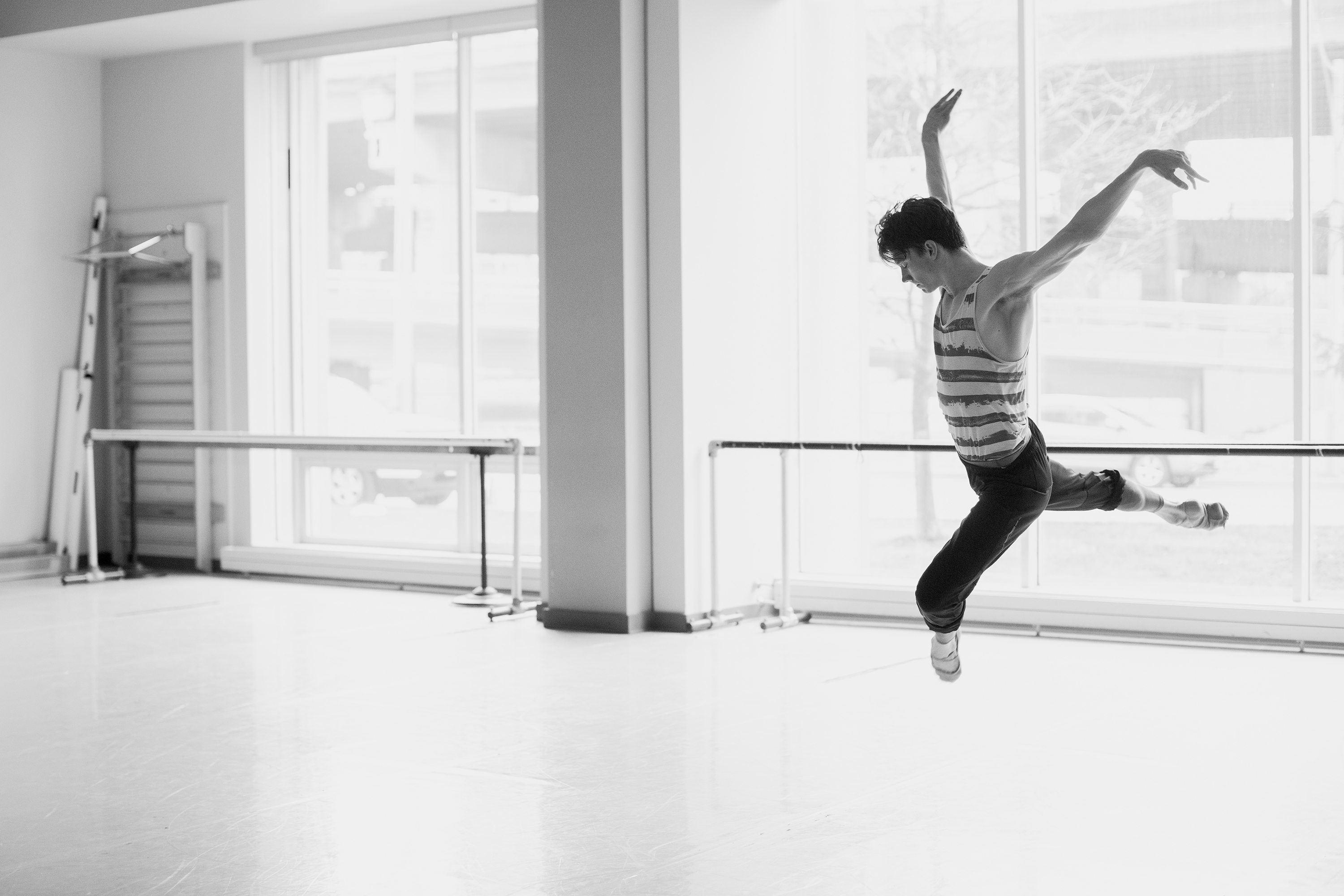
Leo Tolstoy’s “Anna Karenina” beckons thoughts of rich aristocrats, gold tapestries, Russian revolutions and beautiful yet troubled heroines. Some of us have braved its 800 pages while others dream of the day we can finally cross it off our reading lists. Doorstopper slash added height to computer monitor no more! The National Ballet of Canada is here to make getting reacquainted with the great classic a sensory treat, with a stunning adaptation that will inaugurate their 2018-19 season.
Tolstoy’s vision was ahead of his time. He created worlds in which war was questioned, women rebelled against their social standing and the upper classes weren’t strangers to unhappiness. The NBC is taking Tolstoy’s visionary approach and re-embodying it in their decision to translate the classic novel into a contemporary ballet. Known for their fresh take on classical dances and exploring ideas relevant to our modern world, the company is set to flex its muscles in the coming weeks.
If you really think about it, “Anna Karenina” is perfect for the ballet. Why wouldn’t it be? There is romance and anguish, the textured setting of elite Russia, and a plot as thick as a nourishing winter stew. Anna is the wife of Alexei Karenin, a notable gentleman. Their marriage is steady and functional until army man Alexei Vronsky rattles its uneventful equilibrium. Anna and Vronsky begin a destructive affair that raises existential doubts for everyone involved and exposes the societal cages of marriages, class systems, governments and gender norms. The NBC’s production sets Anna Karenina in the present day with a political backdrop. To our disappointment much of Tolstoy’s societal cages persist today and make the contemporary update seamlessly believable.
NBC First Soloist, Brendan Saye plays Anna’s husband, Alexei Karenin, the right on paper guy. Karenin is rational and practical, and relishes order. In some ways he represents the old patriarchal Russia that was being pushed aside by a new Russia fuelled by youth and passion. Karenin’s inability to connect with Anna also represents a hurdle that men continue to face as men and women struggle to fully understand each other.
Brendan who has played the lead in many NBC productions is wise beyond his years on the phone. In his young career he has already scaled great heights and learned the power of setbacks. His maturity will no doubt provide fodder for him to play a character as conflicted and constrained as Alexei Karenin. Brendan talked to us about “Anna Karenina”, the relevancy of its contemporary adaptation and his personal growth that led him to this point in his illustrious dancing career.
Can you tell us how you became interested in dance growing up in BC and how your interest led you to your journey across the country to the National Ballet of Canada?
As a kid I was always very interested in theatre and the performing arts. I’ve always had a knack for the stage and my parents could tell. I was interested in movement and had a lot of energy which I needed an outlet for. I danced recreationally for a couple of years in my hometown of Langley, BC. When I was twelve I saw the National Ballet School was holding auditions and I auditioned and got in. Four years later, I graduated from the National Ballet School’s professional program, which led me to the National Ballet. I’ve been here for nine seasons and this would be my tenth season.
You play Alexei Karenin, Anna Karenina’s responsible, dispassionate and levelheaded husband. How much did you feel you had in common with him?
This character is very distant from me so it’s been a nice challenge tapping into it. By nature I’m the opposite. I’m a feeler and I can be scattered. We share some traits like passion for what we do and ambition. Karenin is more structured and leads with his head more than with his heart. His exterior comes across as hard in terms of his relationship with Anna and politics and his work take precedence. His affection for Anna falls by the wayside. I don’t think he’s a bad person, that’s what our choreographer, John Neumeier, was clear on. The ballet makes sure not to paint Karenin in a negative light. He’s not a villain. His priorities are just different. With him there are a lot of complicated feelings; those to do with resentment, adultery, and jealousy.
How did you prepare for the role? Mentally and physically?
I have a great cast and coaches who are helpful. We got to have discussions and use our own experiences and caches of emotions to inform the characters.
“Anna Karenina” is a very long read! And I have a long list of books that I’m reading. I do have a copy of it though and I have read many parts of the book, especially ones integral to my character. I made sense of the character through the direction that the ballet was going with it. I also watched film adaptations.

What do you feel is the theme in “Anna Karenina” that is most important to you? Why do you think this story is still relevant today?
The production is inspired by the book and is a contemporary adaptation. It’s not a period piece, which is a deliberate choice and an interesting one of telling this story in the political climate we are in right now. It addresses women’s position in society in a big way. Today we are more conscious of women’s rights and equality, but there’s still a lot of work to be done. It’s interesting to take a piece written at a time when women weren’t considered equal to men and putting it into our present time and seeing how it still carries the same messages.
In this production, Anna is married to a politician which is also interesting because right now there’s a lot of focus on politicians and how they are managing our country and well being. The ballet actually opens up in a political rally, which sets the tone off the bat. It draws parallels with our current political climate, through similar symbolism and visual references.
Choreographer John Neumeier has a background in dance and literature and is known for adapting literary works to the dance stage. What was his vision for your character and in general in this contemporary take on the classic?
John is very astute and always has a remarkable grasp of his characters and the stories on a much deeper level. He has a deep understanding of the literature that he adapts. And I suppose, to create these characters, he has to feel for them and get close to them. He does a very detailed analysis of the story and the characters. It’s pretty amazing to hear his interpretation of the story.
The story in itself is quite abstract. John doesn’t just want to make another ballet of the story, he wants to dig deeper into the psyche of the characters. You have to pay attention. It’s not a sit back and snooze ballet. And there are so many characters. John is typically drawn to pieces and literature that have a lot of characters. It allows him to explore the many different facets of the human experience. That’s what “Anna Karenina” is essentially about.
John talked to us at great length about how although the work is titled “Anna Karenina” the story is about eight different characters. They’re all heroes of the story in their own right. They’re all going through something different and they are all relatable. You can find a bit of yourself in every character, I find that true about myself. I can’t speak for John but maybe part of his mission for ballet is to bring humanity to it. He’s not trying to make something otherworldly or something to put on a pedestal. He wants people to look at dance and say “oh there’s a piece of me in it”. It’s a good access point to jump into people’s minds and hearts.

Can you talk a little about the music in this production? How does the injection of Cat Stevens and Alfred Schnittke into Tchaikovsky’s score affect your dance?
The score is a real cocktail of different music. There are many different composers which echo the many different characters. The music is also like a film score. Every character has a theme music that follows them around. For example, Cat Steven’s music is associated with Levin and Kitty’s story. There are certain pieces that return with certain characters or certain situations. There’s a piece of music that is associated with Anna and her son and then Dolly and her kids. It’s all woven together in an interesting way. It’s beautiful music Tchaikovsky, and all of it is so moving. The music in the opening scene in the political rally riles up so many emotions from your gut. The music in that scene is almost militaristic, and triumphant. You feel the sense of all these people coming together for one man.
What inspires you? How do you keep building on your practice?
If you love something it’s easy to be inspired in some ways but of course there are bumps in the road. I’ve been lucky that I’ve had great opportunities and wonderful experiences on stage. The more they come your way the more you take those opportunities and make the best of them. It keeps perpetuating. There is more growth, which makes you hungry and excited for what’s next. It makes you want to be the best version you can be of yourself.
A positive environment is irreplaceable. Surrounding yourself with people who inspire you and want the best for you is essential. Your coaches and peers can build you up in the right ways. Of course it’s also the time and hard work that you put into your practice but a lot of the times when opportunities come along you question yourself and your support systems push you when you don’t fully trust yourself. That’s important in creating an artist who has something worthwhile to say.

What are your favourite pieces of dance?
When I was ten, I saw my first full-length ballet when the National Ballet toured in BC. It was “Romeo and Juliet”. When I saw that I was so blown away. The music, the story, the display were so beautiful. My first full-length role was Romeo when I was 21 in the company. That was certainly a bucket list role. Recently I danced another dream role, which was lead in James Kudelka’s “Four Seasons”. That was a highlight. I’m very excited to dance in “The Dream” as well.
When you’re not dancing what do you like to do?
I like to take it easy. I have a dog and a boyfriend who has a dog too so we just spend our time together as a weird family. We go to the park. Try and do what normal people do. When you’re in something as intense and insular as ballet you try and find some normalcy. It takes a lot out of you, ballet does. I spent two years off of dance when I fell ill for a little while a couple of years ago. It made me realise how important it is to focus on yourself as a person, not just as a dancer.
Was the transition back easy or challenging?
It was lengthy. I was completely off for a year and then I took another year to come back to regular season. The company was very gracious with me and helped me return to the place where I could dance comfortably again. It took me a while to get back to my full strength but I feel very fortunate and grateful to have the opportunity to come back.
You can get your tickets here: https://national.ballet.ca/Productions/2018-19-Season/Anna-Karenina
– Prachi Kamble
